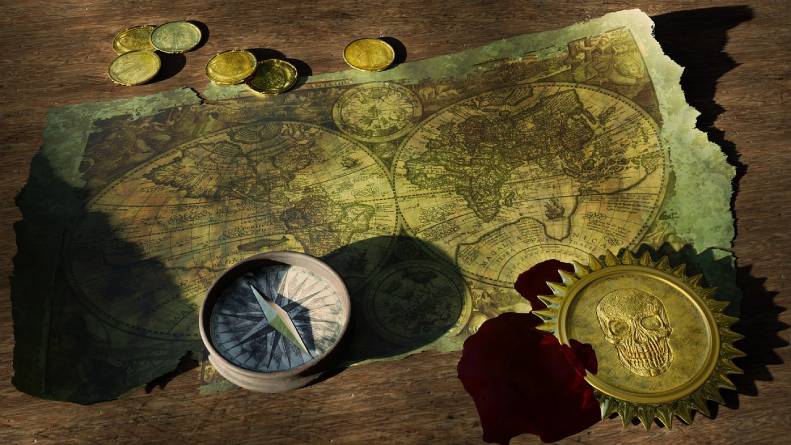Do You Use a Map Radius: A map radius helps you to determine distances by creating a radius circle around a specific location on a map. As a result, you can run a proximity analysis on a segment of your data to learn new information. For instance, you can learn how far one map point is from others, see where points on your map exist and figure out how many points lie within various distance increments. However, this is just the tip of the iceberg regarding the uses of a map radius. Let’s take a look at some of the other ways you can use a map radius.
Table of Contents
ToggleWays to Use a Map Radius
Focus on a specific area to access its needs
Imagine that you operate a number of furniture stores, and to avoid customer cannibalization, you need to ensure that your stores aren’t located within five miles of each other. A map radius can show you overlaps in area coverage, as well as where there may be gaps for a possible new location.
Discover trends and patterns
When looking at the big picture, it’s easy to overlook specific trends in certain regions or industries. With a map radius, you can digest and analyze data in small segments. For example, imagine that you’re looking at instances of tornadoes within a 50 miles radius of every city in a state. Using a map radius, you can instantly see where the risk is highest.
Improve customer relationships
Customers these days have a lot of choices when it comes to who they give their business to. Therefore, by maintaining good customer relationships, you increase the odds that the client will remain loyal. By drawing a radius on a map, you can quickly assess where existing customer locations are densest. In this way, you can visit the most clients within the least amount of time. As a result, you can improve your customer relationships with regular courtesy calls.
Minimize transport and distribution costs
If you run a company with high transportation costs, like a parcel delivery business, then you’ll likely be looking for ways to minimize fuel costs. To do this, you’ll need to understand how far your distribution centers are from your delivery locations. A map radius can show you this. With this knowledge, you can reduce fuel costs and optimize your staff’s on-the-road activity.
Assign personnel to the right areas
Imagine that you run an HVAC maintenance company. You have a team of 25 employees working for you, spread across the city. Each day, customers book service appointments, which you log daily. By creating a dataset of these service appointments, you can plot them on a map. If this map also contains the locations of your staff, you can draw a radius and quickly see which customers should be assigned to which employee based on distance.
Also Read: What is a Story Map? and How it is Helpful
Summary
In general, it’s fairly simple to generate a map radius. Consequently, you can gain valuable insights in mere seconds. You can use this information to help further your business and ensure that you’re working efficiently.
In this article, we looked at five different ways mapping a radius can be useful. The first means we listed was to avoid customer cannibalization. In other words, a radius map ensures that your stores don’t compete against each other for the same customers. Next, we suggested that a radius map be used to discover trends and patterns and improve customer relationships. We then advised that a map radius be used to reduce transportation and distribution expenses. Finally, we explained how using a radius on a map can help you assign personnel to the areas most convenient for them.
Related posts
Hot Topics
Understanding TruthFinder’s Background Check Features
Background checks have become increasingly relevant for personal safety and information gathering in digital environments. TruthFinder offers comprehensive background check…
How MLOps Is Shaping the Future of AI in Business
Artificial intelligence (AI) has evolved from a futuristic idea to a strategic necessity for companies looking to innovate, grow, and…



